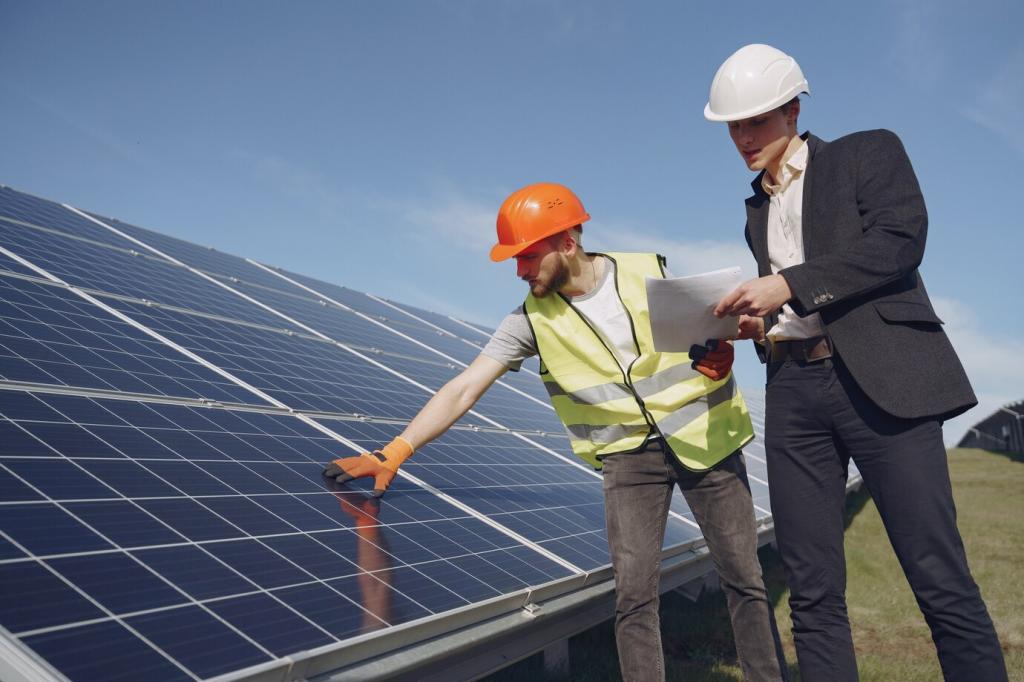Digitalization and Hybrid Energy Systems
Machine learning predicts moisture, ash, and calorific value from satellite and sensor data, optimizing preprocessing and dispatch. What datasets would improve your plant’s planning horizon? Drop suggestions for our upcoming tool roundup.
Digitalization and Hybrid Energy Systems
Soft sensors and digital twins fine-tune oxygen ratios, residence time, and cleaning cycles, cutting tar, NOx, and maintenance downtime. Want a template for KPI dashboards? Comment, and we’ll send a subscriber-only guide.






